How to utilize blockchain for enhanced accessibility of machine learning models
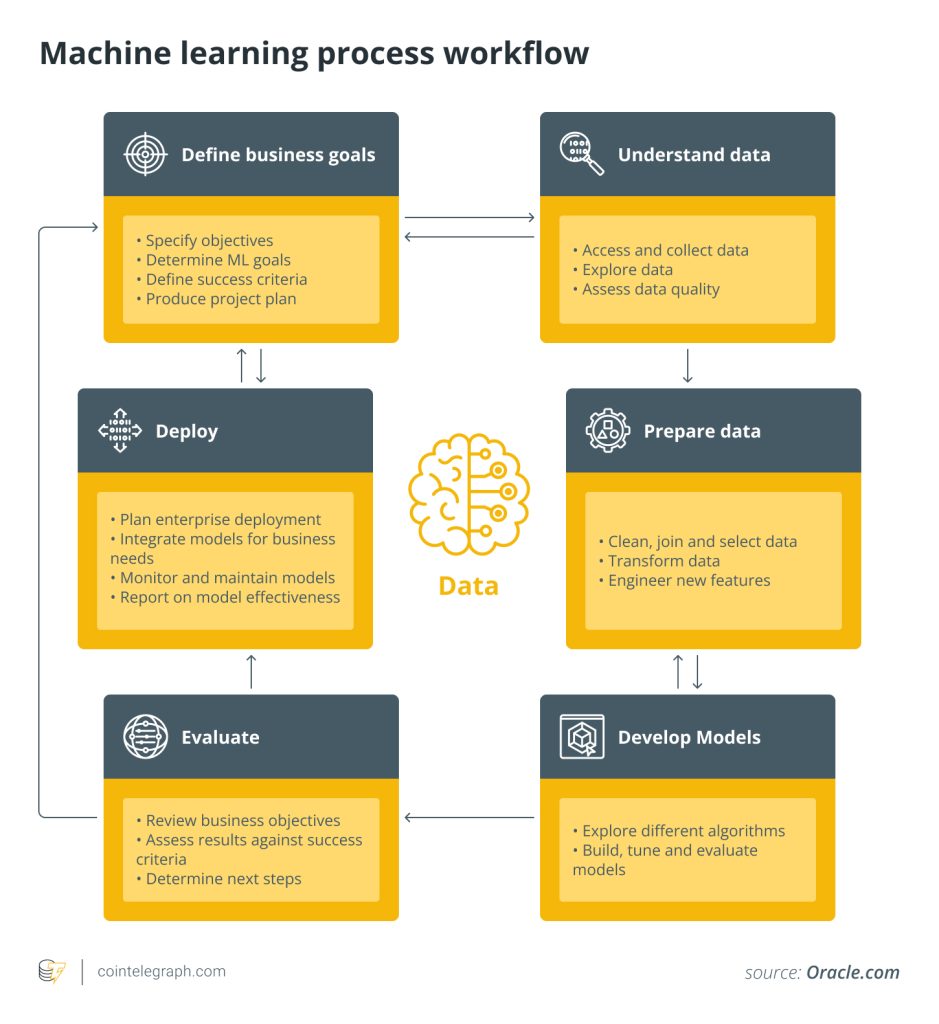

Challenges of accessing machine learning models
Machine learning (ML), a critical subset of artificial intelligence (AI), has witnessed tremendous growth and adoption across various sectors. These models enable computers to learn from data and make predictions or decisions without being explicitly programmed. From healthcare and finance to retail and logistics, ML models are reshaping industries, offering solutions that enhance efficiency and innovation.
Despite their transformative potential, accessing and implementing ML models is fraught with challenges. Accessibility issues, primarily stemming from the centralized nature of deployment, limit the widespread use of these models. Additionally, concerns around scalability, efficiency, security and compliance with various privacy regulations pose significant hurdles, often restricting the seamless integration and utilization of ML in diverse applications.
Enter blockchain — the decentralized ledger technology renowned for its security and transparency. It presents a promising solution to the accessibility challenges of ML models. Its decentralization and consensus mechanisms offer a level of trust and verification that is unprecedented. Moreover, the technology’s ability to facilitate smart contracts and ensure immutable traceability positions it as a pivotal player in enhancing the accessibility of ML models.
How blockchain can help make machine learning models accessible
By fostering trust, securely storing and exchanging model data, and enabling decentralized marketplaces for AI services and models, blockchain can improve access to machine learning models.
Improved security
One of the cardinal virtues of blockchain is its enhanced security through encryption and decentralization. Each block in the chain contains data that is secured by cryptographic hashes, making it nearly impossible to alter information once it’s recorded. This, coupled with the consensus mechanisms, ensures that ML models on the blockchain are secure, tamper-proof and trustworthy.
Increased transparency and traceability
Blockchain technology inherently fosters transparency and traceability due to its immutable ledger. Every change, update or alteration made to the ML models is recorded on the blockchain, creating a traceable history of model evolution. This feature is instrumental in maintaining the integrity of ML models, fostering trust among users, and facilitating audits and compliance checks.
Additionally, the “black box” problem is addressed by using blockchain to track improvements to machine learning models. Users can track and comprehend changes, improving accountability and easing worries about the opaque nature of complex machine learning algorithms. The user’s confidence in the model’s behavior is ensured by this transparency, which is crucial for regulatory compliance.
Enhanced scalability
The distributed nature of blockchain opens up avenues for parallel computation and enhanced scalability. By distributing the computational load across multiple nodes, blockchain enables the handling of large data sets and complex calculations efficiently. This scalability is particularly crucial for ML models, which often require substantial computational resources for training and inference.
Steps to utilize blockchain for enhanced accessibility of machine learning models
By securely sharing and making machine learning models monetizable through decentralized applications (DApps) and smart contracts, blockchain improves access to them.
Selecting the right blockchain platform
Choosing an appropriate blockchain platform is the cornerstone of integrating blockchain with machine learning models. The selection process should focus on the platform’s scalability, security and compatibility with machine learning workflows. Investigating popular platforms and their distinctive features can guide this decision, ensuring a harmonious blend of technologies.
Developing smart contracts
Smart contracts — self-executing contracts with the terms directly written into code — are pivotal in this integration. These contracts automate and enforce the execution of agreed-upon terms, fostering trust and transparency. Developing, testing and deploying robust smart contracts on the chosen blockchain platform will set the foundation for a secure and efficient system.
Model training and serialization
Before uploading ML models to the blockchain, they must be trained and serialized. This involves preparing the data, training the model using appropriate algorithms and converting the model into a format suitable for uploading. Serialization ensures that the model retains its structure and learned parameters, facilitating its deployment and utilization on the blockchain.
The process of transforming a trained machine learning model into a format that can be conveniently stored, communicated or loaded for subsequent use is known as serialization. By storing the model’s architecture, parameters and weights in a file or memory, it can be loaded and used again without needing to be trained. Serialization is essential for integrating machine learning models into a variety of contexts and applications.
Uploading models to the blockchain
Once serialized, the ML models are ready to be uploaded to the blockchain. This step requires careful verification and validation to ensure the model’s integrity and functionality. Uploading models to the blockchain encapsulates them in a secure and transparent environment, paving the way for enhanced accessibility.
Implementing model updates
Machine learning models necessitate regular updates to maintain their accuracy and relevance. Implementing these updates on the blockchain is crucial and must be carried out meticulously to preserve the model’s integrity while keeping the user community informed and engaged.

Ensuring compliance with privacy regulations
Ensuring compliance with prevailing privacy regulations is non-negotiable. Adherence to international data protection laws safeguards user privacy and fortifies the system against legal repercussions. This step is essential in building a trustworthy and legally sound platform.
Conducting security audits
Periodic security audits are indispensable in identifying and rectifying potential vulnerabilities. These audits ensure the ongoing security of the ML models and the blockchain platform, fortifying them against malicious attacks and unauthorized access.
Deploying smart contracts
Following security audits, the developed smart contracts are ready for deployment on the blockchain. This step activates the contracts, enabling them to automate and enforce the agreed-upon terms, thereby streamlining the interaction between users and the blockchain-powered ML system.
Providing clear guidelines for users
Clear and comprehensive guidelines are vital for users to interact effectively with the blockchain-powered ML system. Providing documentation, tutorials and support resources empowers users to leverage the system to its full potential, fostering user engagement and satisfaction.
Developing mechanisms to handle errors and unexpected situations
Errors and unexpected situations are inevitable. Developing robust mechanisms to handle these challenges ensures the system’s resilience and reliability, instilling confidence in the user community and maintaining the platform’s credibility.
Building a supportive user community
A supportive and engaged user community is instrumental in the continuous improvement and success of the platform. Encouraging feedback, addressing concerns and implementing improvements foster a sense of community and enhance the overall user experience.
Exploring scalability solutions
Lastly, exploring and implementing scalability solutions optimize the performance of machine learning models on the blockchain. Evaluating and adopting scalability solutions is vital for accommodating growing data sets and computational demands, ensuring the system remains efficient and effective.
Challenges involved in deploying and maintaining machine learning models on blockchain
There are various challenges concerned with deploying and maintaining ML models on a blockchain, as discussed below:
Technical challenges
Integrating blockchain with machine learning models is no trivial feat. The complexity and steep learning curve associated with both technologies can pose significant technical challenges. Additionally, ensuring seamless integration with existing systems requires considerable expertise and effort.
Security concerns
While blockchain is renowned for its security, the technology is not immune to vulnerabilities. Addressing potential security concerns and maintaining ongoing security is paramount to safeguarding the system against malicious entities and protecting sensitive data.
Scalability issues
Scalability remains a prominent challenge in both blockchain and machine learning domains. Handling large volumes of data and ensuring efficient computation necessitates innovative solutions and continuous optimization to prevent bottlenecks and maintain system performance.
Compliance and regulation
Navigating the intricate web of international regulations and ensuring compliance with data protection laws is a formidable challenge. Balancing privacy with accessibility requires a nuanced approach and a deep understanding of legal requirements to avoid penalties and maintain user trust.
While the challenges are manifold, the rewards of successfully integrating blockchain and machine learning are significant. By meticulously addressing each challenge and diligently implementing the necessary steps, we can usher in a new era of enhanced accessibility and security for machine learning models. The path forward, though laden with obstacles, holds immense promise for unlocking the transformative potential of these technologies.
Future outlook
The symbiosis of blockchain and machine learning heralds a future teeming with possibilities. With continuous advancements in both fields, one can anticipate solutions to existing challenges and the emergence of new opportunities.
The confluence of these technologies is poised to foster innovation, drive efficiency, and create value across industries, marking a significant stride toward a more accessible and secure digital future.
Written by Tayyub Yaqoob

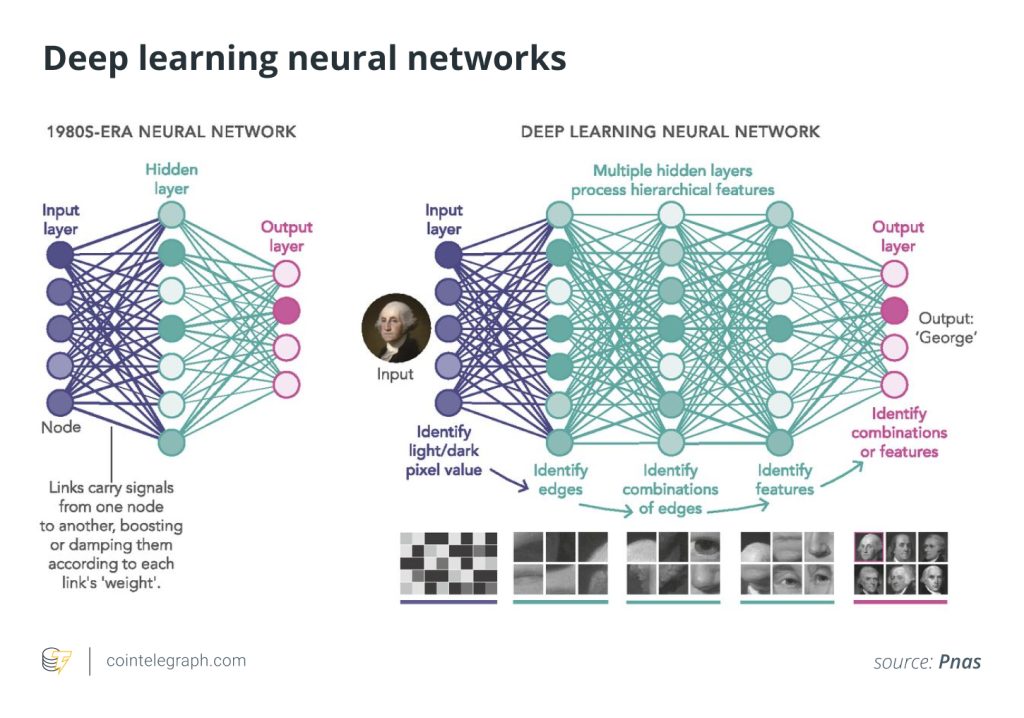
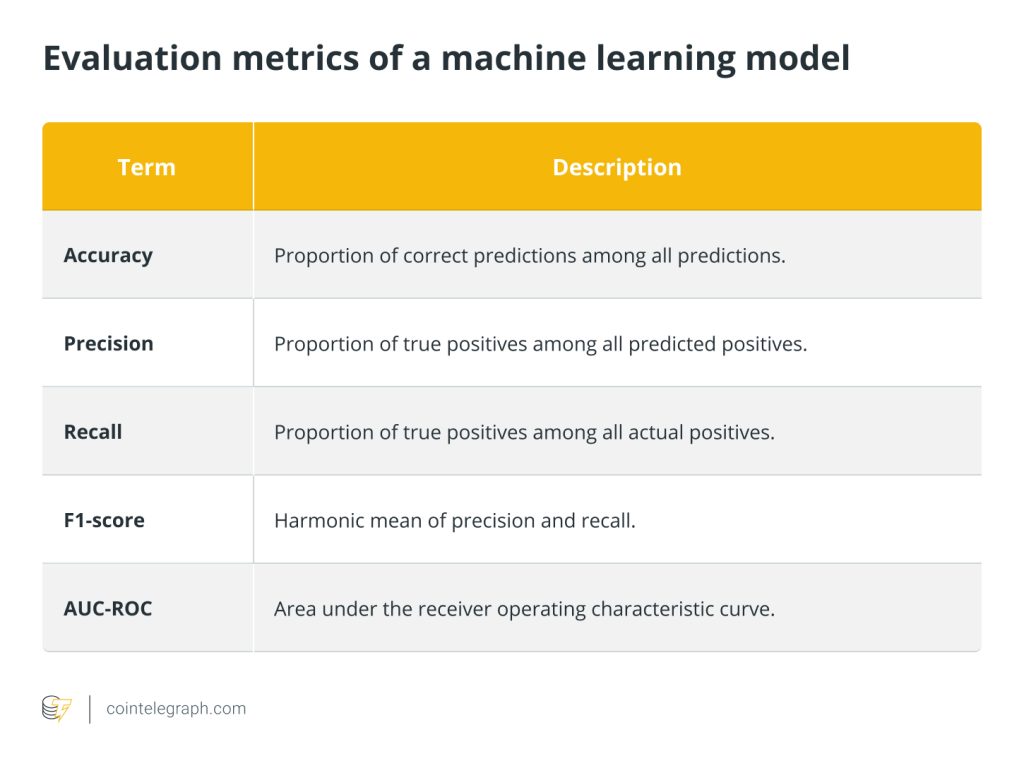
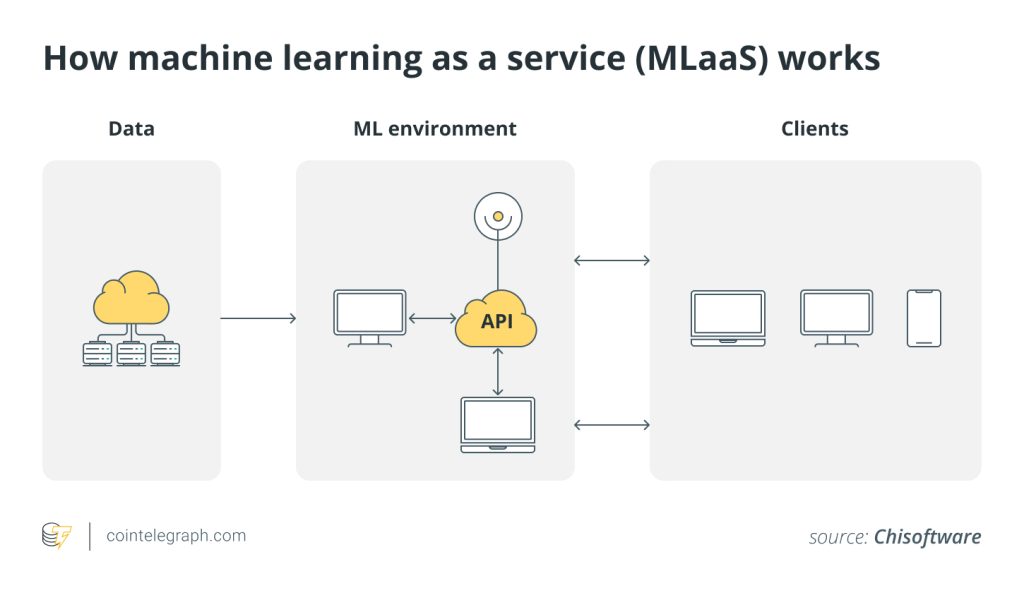

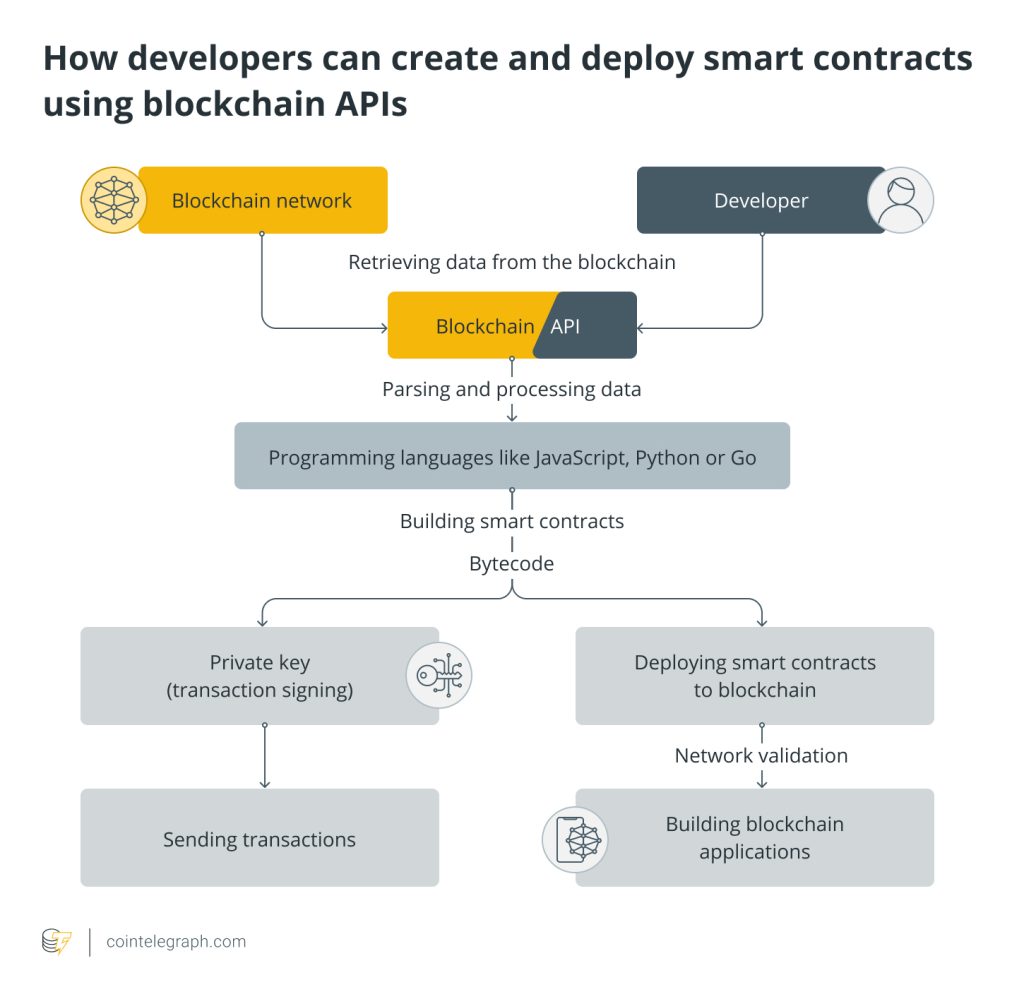
… [Trackback]
[…] Find More Information here to that Topic: x.superex.com/academys/beginner/2216/ […]
… [Trackback]
[…] There you will find 52806 more Info to that Topic: x.superex.com/academys/beginner/2216/ […]
… [Trackback]
[…] Find More on that Topic: x.superex.com/academys/beginner/2216/ […]
… [Trackback]
[…] Find More Information here to that Topic: x.superex.com/academys/beginner/2216/ […]
… [Trackback]
[…] Read More here on that Topic: x.superex.com/academys/beginner/2216/ […]
cinemakick
… [Trackback]
[…] Find More on that Topic: x.superex.com/academys/beginner/2216/ […]
… [Trackback]
[…] Information on that Topic: x.superex.com/academys/beginner/2216/ […]
… [Trackback]
[…] Here you can find 36890 more Info to that Topic: x.superex.com/academys/beginner/2216/ […]
… [Trackback]
[…] Find More on on that Topic: x.superex.com/academys/beginner/2216/ […]
… [Trackback]
[…] Info on that Topic: x.superex.com/academys/beginner/2216/ […]
… [Trackback]
[…] Read More Info here on that Topic: x.superex.com/academys/beginner/2216/ […]
… [Trackback]
[…] Find More Information here on that Topic: x.superex.com/academys/beginner/2216/ […]
… [Trackback]
[…] Info to that Topic: x.superex.com/academys/beginner/2216/ […]
… [Trackback]
[…] Read More on that Topic: x.superex.com/academys/beginner/2216/ […]
… [Trackback]
[…] Find More to that Topic: x.superex.com/academys/beginner/2216/ […]
… [Trackback]
[…] Read More on that Topic: x.superex.com/academys/beginner/2216/ […]
… [Trackback]
[…] Here you can find 2289 additional Info on that Topic: x.superex.com/academys/beginner/2216/ […]
… [Trackback]
[…] Read More to that Topic: x.superex.com/academys/beginner/2216/ […]
… [Trackback]
[…] There you can find 7120 additional Info to that Topic: x.superex.com/academys/beginner/2216/ […]
… [Trackback]
[…] Info on that Topic: x.superex.com/academys/beginner/2216/ […]
… [Trackback]
[…] Information to that Topic: x.superex.com/academys/beginner/2216/ […]